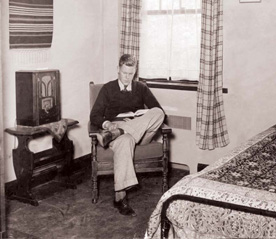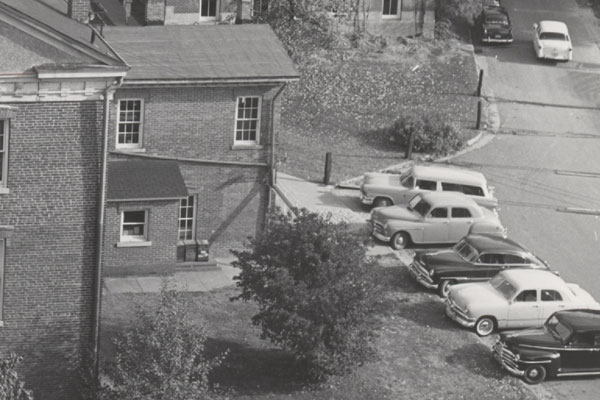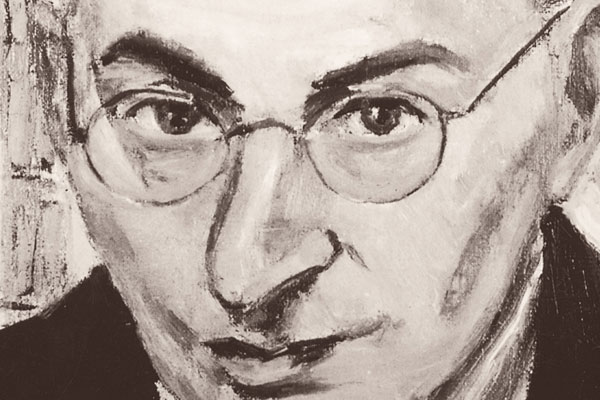Technology through the ages
Now that almost all students use cell phones, universities have begun yanking landline telephones from dorm rooms. This action prompts a retrospective of technological innovations at Cornell since 1853, when the two blackboards on opposite walls of the chapel-classroom represented a major advancement in the art of teaching. Mounted blackboards first appeared in American classrooms in 1801.
Mount Vernon’s pharmacy in 1892 possessed the town’s only telephone, but by 1900 the college was one of 83 local subscribers. Eight years later, Cornell, demonstrating a remarkable appreciation of its potential, installed a telephone in King Chapel, on a sidewall 15 feet above the stage-floor. Reachable only by ladder, its sole purpose was to permit shutins to listen to the May Music Festivals and other events.
 In the 1920s, Bowman Hall had only one telephone for its 100 residents. Merner, when it opened in 1936, boasted newer technology: a “waste paper chute,” radio outlets in each room connected to a master antenna, and a hall phone on each floor. In 1939, Mount Vernon got dial-phone service; but as late as the 1940s, Law Hall, a major academic building, had only one phone, and this was in the education office. Happily, in 1983 the college installed a telephone in every dorm room.
In the 1920s, Bowman Hall had only one telephone for its 100 residents. Merner, when it opened in 1936, boasted newer technology: a “waste paper chute,” radio outlets in each room connected to a master antenna, and a hall phone on each floor. In 1939, Mount Vernon got dial-phone service; but as late as the 1940s, Law Hall, a major academic building, had only one phone, and this was in the education office. Happily, in 1983 the college installed a telephone in every dorm room.
Electric streetlights shone for the first time in Mount Vernon on Feb. 12, 1897; however, until 1911 they were turned off after midnight, and 24-hour service to subscribers was not available until 1909. Cornell began installing electric lighting in 1898. In 1933, King Chapel was equipped with a radio so the community could listen to President Roosevelt’s inaugural, and in 1940 with an RCA sound system that cost $200. Dorm rooms, however, were not wired for appliances, and until 1965 students were prohibited from having TVs in their room. Dorms had TV lounges, and in 1957 the college placed a color TV in the new library’s student union. In 1998 the campus got fiber-optic Internet connections and students got free cable TV in their rooms.
When PCs became available, faculty members took the lead and acquired their own, with the science departments being the first in 1978. The administration waited until 1983 to provide the registrar’s office with a PC, and then gave it only one machine to be shared among three staff members. An alumnus donated the first fax machine in 1988, and it was kept sacrosanct in the President’s Office. On the other hand, Cornell was the first college in Iowa in 1966 to install an IBM 1130 computer.
Heating, such as there was, came from wood-burning stoves until coal-fire furnaces in King Chapel and Bowman provided steam heat for those edifices. Later, steam flowed through underground pipes to all the campus buildings from the heating plant.
Today, Cornell’s theater has computerized automated lighting and a state-of-the-art sound system with wireless body mics. When the auditorium in King Chapel opened in 1882, a chandelier with 350 sperm candles was its chief source of illumination. To darken the auditorium, those in charge lowered the chandelier, snuffed out the candles, and hoisted it up again. At the conclusion of the event, the audience waited patiently in the dark for the contraption to be lowered and the candles relighted.



